Miniature Schnauzer
A long beard like in Tolkien’s Gandalf makes him a dog full of seriousness and wisdom. Characterologically, miniature schnauzer resembles its bigger relatives, standing out vigorousness, but also vigilance in relation to the environment.
FCI Classification
- Group 2: Pinscher and SchnauzerMolossoid breeds – Swiss Mountain and Cattle Dogs
- Section 1: Pinscher and Schnauzer type
- Without working trial.
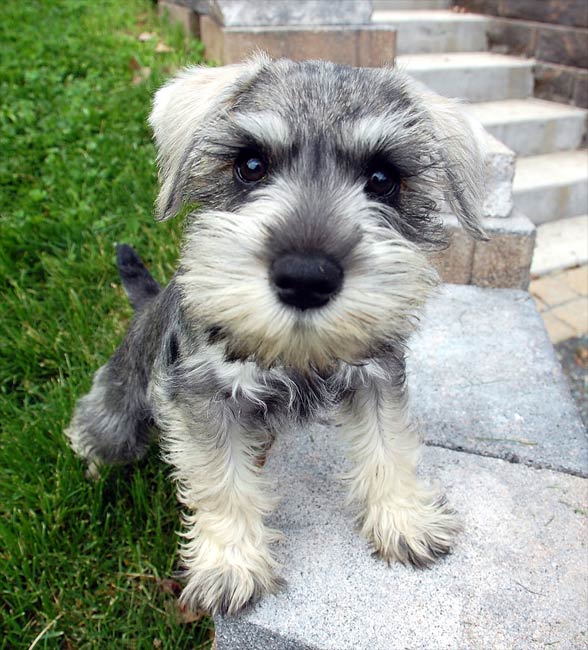
The history of the breed
The earliest records concerning Standard Schnauzer come from Germany and are dated back to the end of the 19th century. Originally, they were bred to be shepherd dogs, to guard property or for ratting. With time, the farmers aimed to breed more compact size Schnauzers, suited to catch rodents. Hence, they were crossbred with Affenpinschers and Miniature Poodles. The first Miniature Schnauzer was registered in 1888. It took part in the dog show for the first time in 1899.
American Kennel Club accepted the new breed in 1926, and two years later, it was introduced in the USA. At first, the breed was called Wirehair Pinscher. It was registered by the UK Kennel Club in 1948.

Characteristics of the breed
Appearance
Its body is square-shaped. Its fur consists of wired topcoat and soft undercoat. In order to take part in the dog shows, Schnauzer must have its fur trimmed on the torso and the hair is long on the ears, the legs, a belly and a muzzle. It makes it look like it is „old.” Its fur is mainly black, silver-black, pepper and white (different shades of gray).
Its head is square. It has a bushy beard, mustache, and eyebrows. It has a scissors bite. Its ears are oval, dark, V-shaped, hanging loose, high in the head, with the orifice to the front. When the ears are trimmed, they tend to stand erect. Its tail is fine and short. It some countries it is allowed to cut the tail. The forelegs are straight and rigid. The hind legs are short and round (so-called „cat feet”).
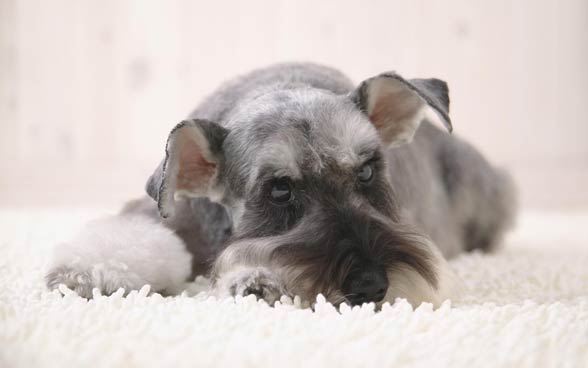
North American white Schnauzer – controversy
A white color is one of four Miniature Schnauzer’s color variation accepted by the FCI. However, white Schnauzers are not allowed for dog shows by the AKC and the CKC (Canadian Kennel Club).
The origin of white coloration is subject to controversy as it is unknown whether it originated from the ancestors or was an upshot of the selective breeding. When it comes to the other two types of Schnauzer, according to traditional German standards, the white coloration is not accepted and not allowed for shows.
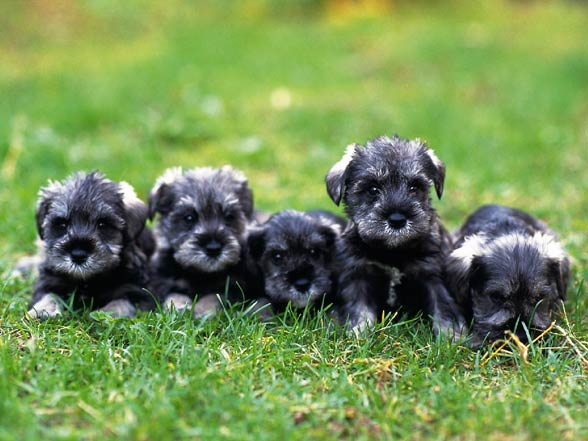
Temperament
According to the AKC’s description, Miniature Schnauzers are vigilant, brisk, obedient, friendly, intelligent and helpful dogs. They should not be aggressive or too shy. Usually, they are easy to train and when trained, they are great guards. They guard their houses, as it is inherent in their hunting instinct, however, they are more prone to bark than to bite. They are quite distant towards a stranger, however, when their owner shows that he or she knows a person, they greet it as well.
Schnauzers like playing and perform various activities. They have a lot of energy, therefore they may easily get bored when they do not change their activities often. They usually can find themselves something to play with and that may be a problem for the owner.
They take part in agility tests, obedience tests, showmanship, tracking or fly ball. With a strong hunting instinct, they tend to catch little animals, like birds, snakes or rodent. They may chase cats, however when they grow up with cats, they do not bother them,

Grooming
Schnauzers should be clipped on a regular basis with a special shave, otherwise, the fur may get rough and mat. Moreover, the fur should as well be stripped in order to remove the loose, dead coat. All Schnauzer types have an original beard around the muzzle. The beard as well requires a grooming. When it is too long and lacks proper grooming, it may become mat and curl.
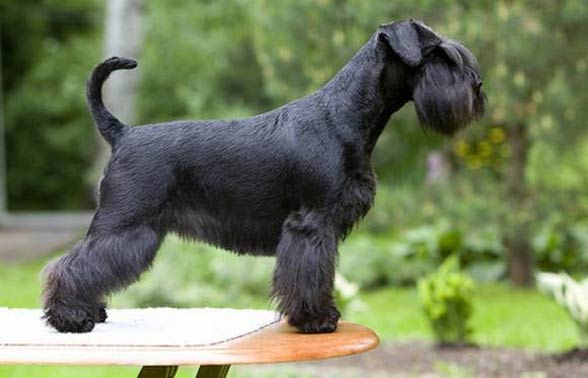
Health condition
Research conducted by the UK Kennel Club showed that Schnauzers live approximately 12 years. About 20% of them lived 15 years.
Schnauzer is rather a healthy breed. However, the Miniature Schnauzer may suffer from health problems connected to a high-fat level such as hyperlipidemia – it can increase the possibility of pancreatitis. They may as well have bladder stones, diabetes, and eye problems.
It is recommended that Schnauzers be on a low fat or non-fatty diet, in order to avoid such diseases.
What is more, small pun bumps may appear on the back, however, they may be quite easily treated. It is important that the ears were dried after a bath, as they are prone to infections. The ears should as well be examined at least once a year.
Schnauzers sometimes suffer Willebrand disease, which is an inherited bleeding disorder that occurs due to qualitative or quantitative deficiency of von Willebrand factor. It is a multimeric protein that is required for coagulation and platelet adhesion.
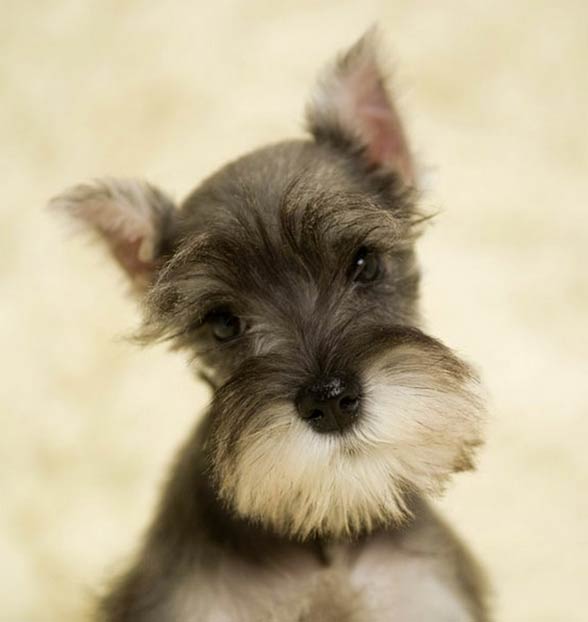
Detailed information / size
Miniature Schnauzer
- Height at shoulders: 30 – 35 cm (11,8 – 13,8 in).
- Weight: 4 – 8 kg (9 – 18 lbs), depending on the classification
- Lifespan: 12 to 15 years.
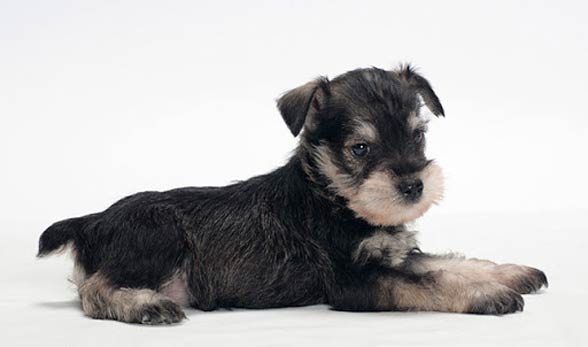
Miniature Schnauzer – curiosities
- Although together with all the types Miniature Schnauzer is classified as a working dog, the AKC classified it as Terrier, what the UK Kennel Club did as well in 1948.
- In 2008, Miniature Schnauzer was ranked the 11th most intelligent dog.
- Miniature Schnauzers barely shed, however, a minimal shedding may occur.
- Miniature Schnauzer is 12th on the List of the Smartest Dogs.


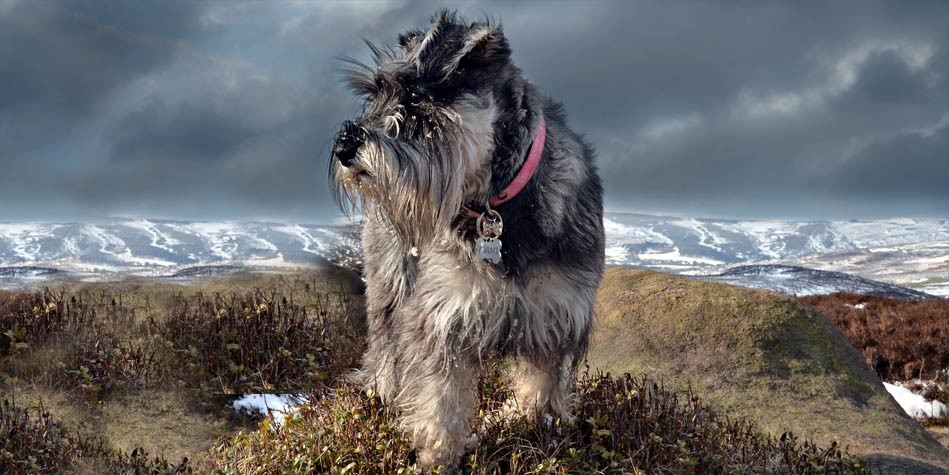
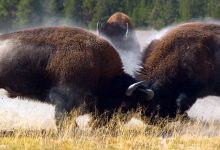

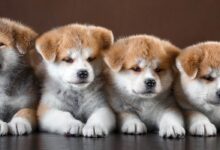



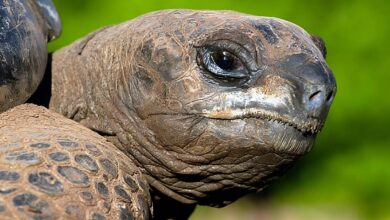
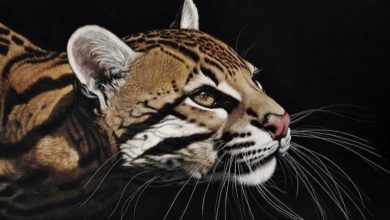


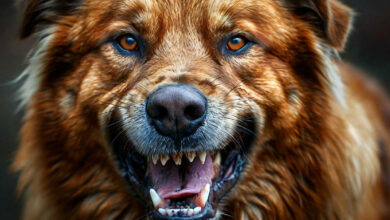

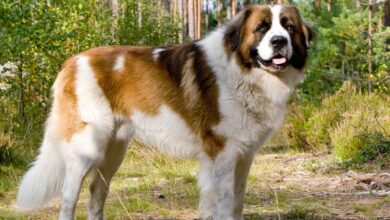
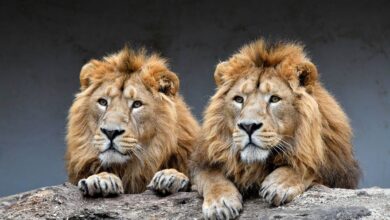


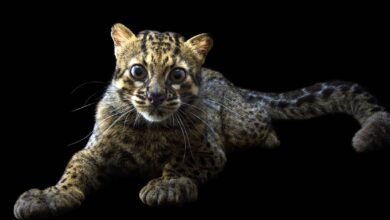
I didn’t know that Schnauzers live for about 12 years. My daughter has been wanting to get a dog ever since she was five years old. We have the budget to get a dog now, so I’ll think about getting a miniature Schnauzer for our family because Schnauzers are my daughter’s favorite breed of dogs.